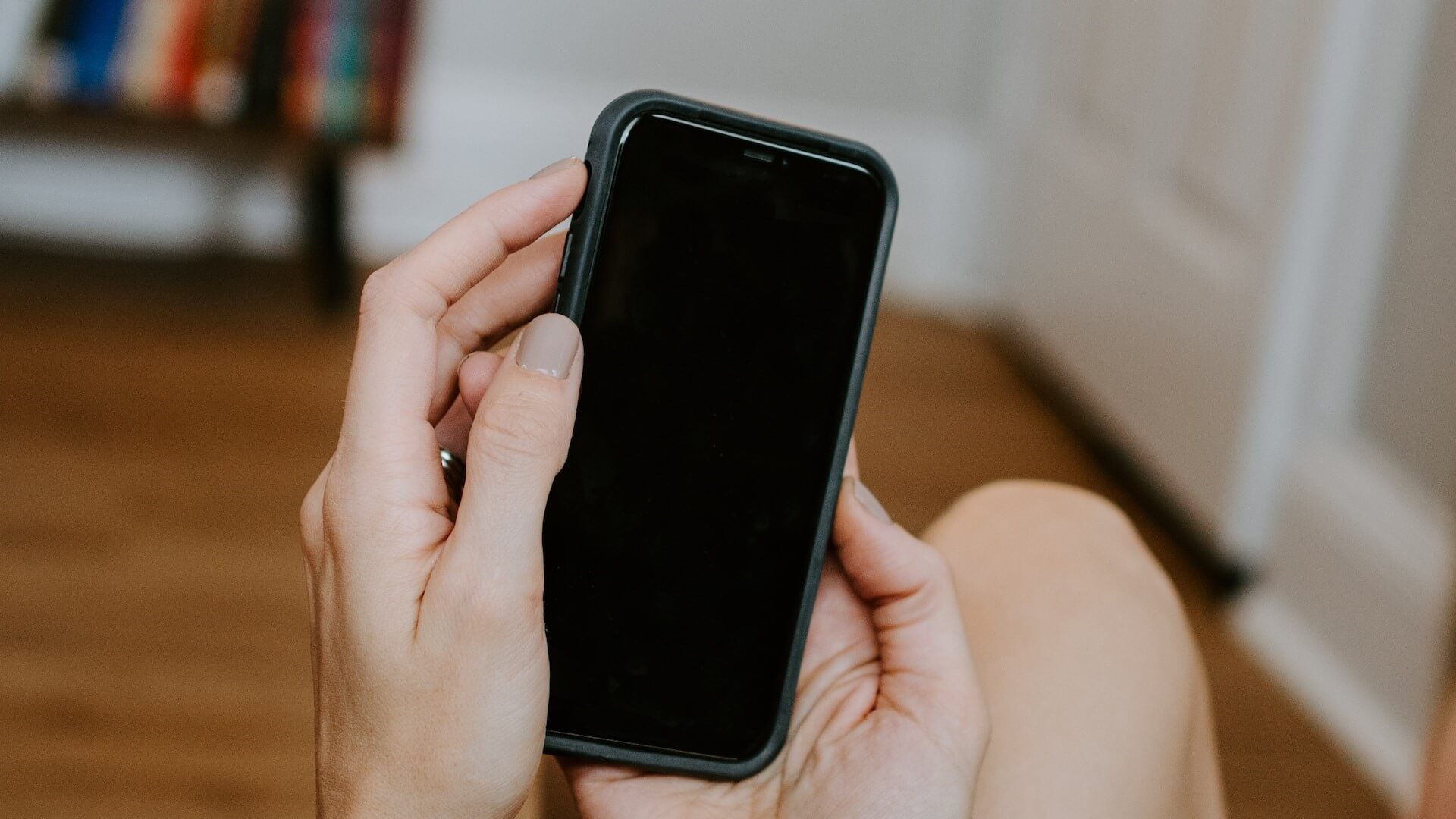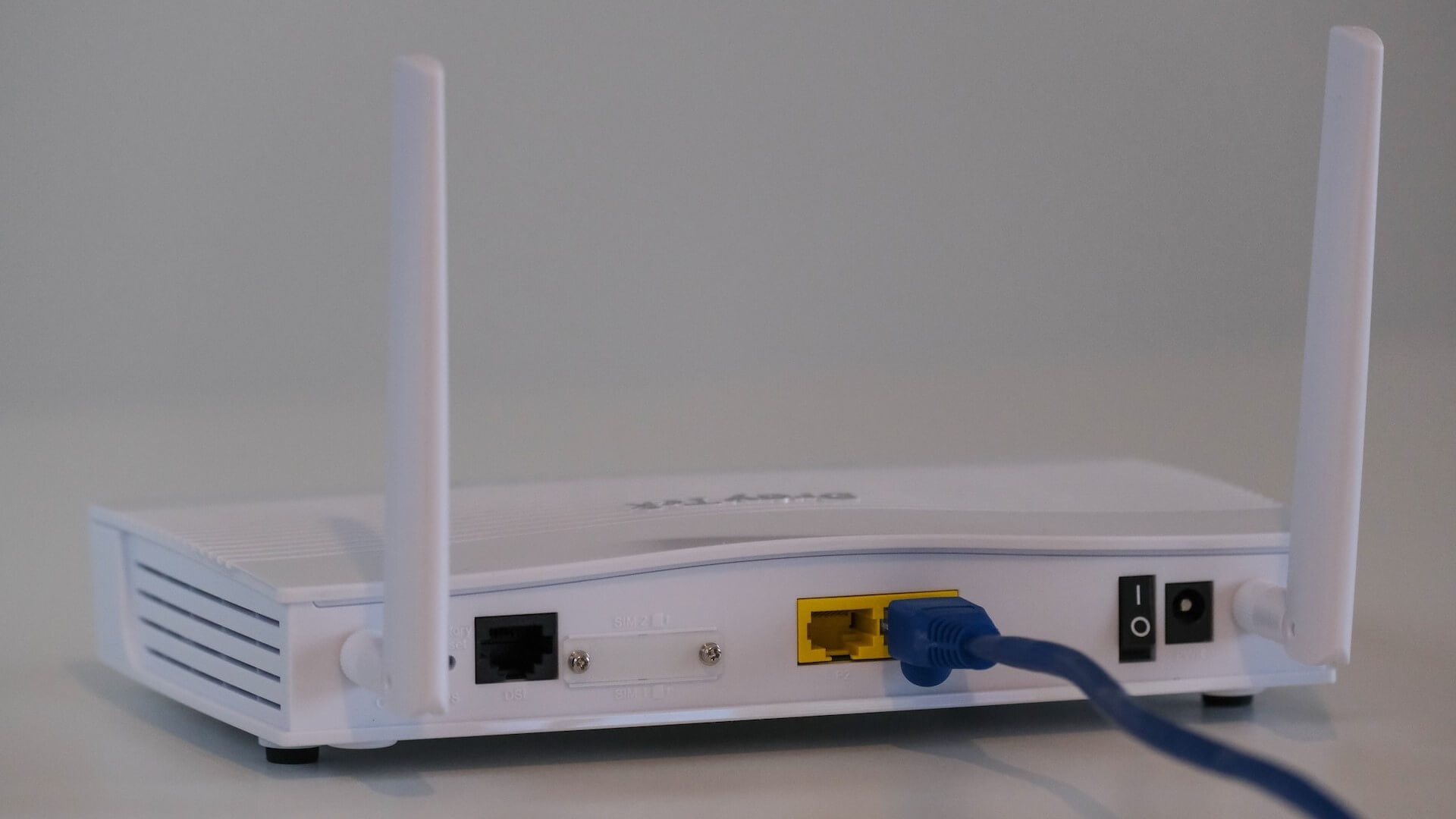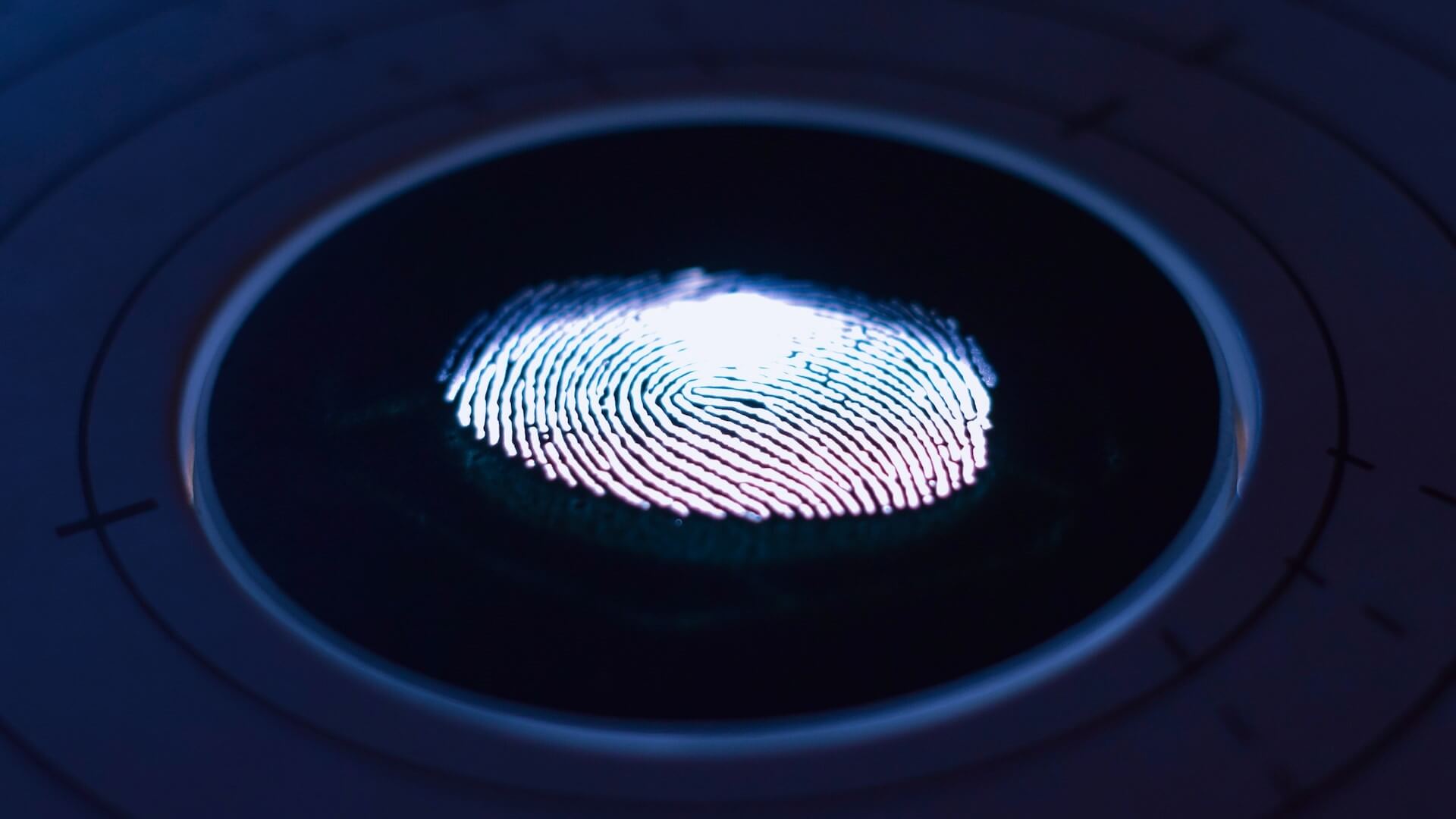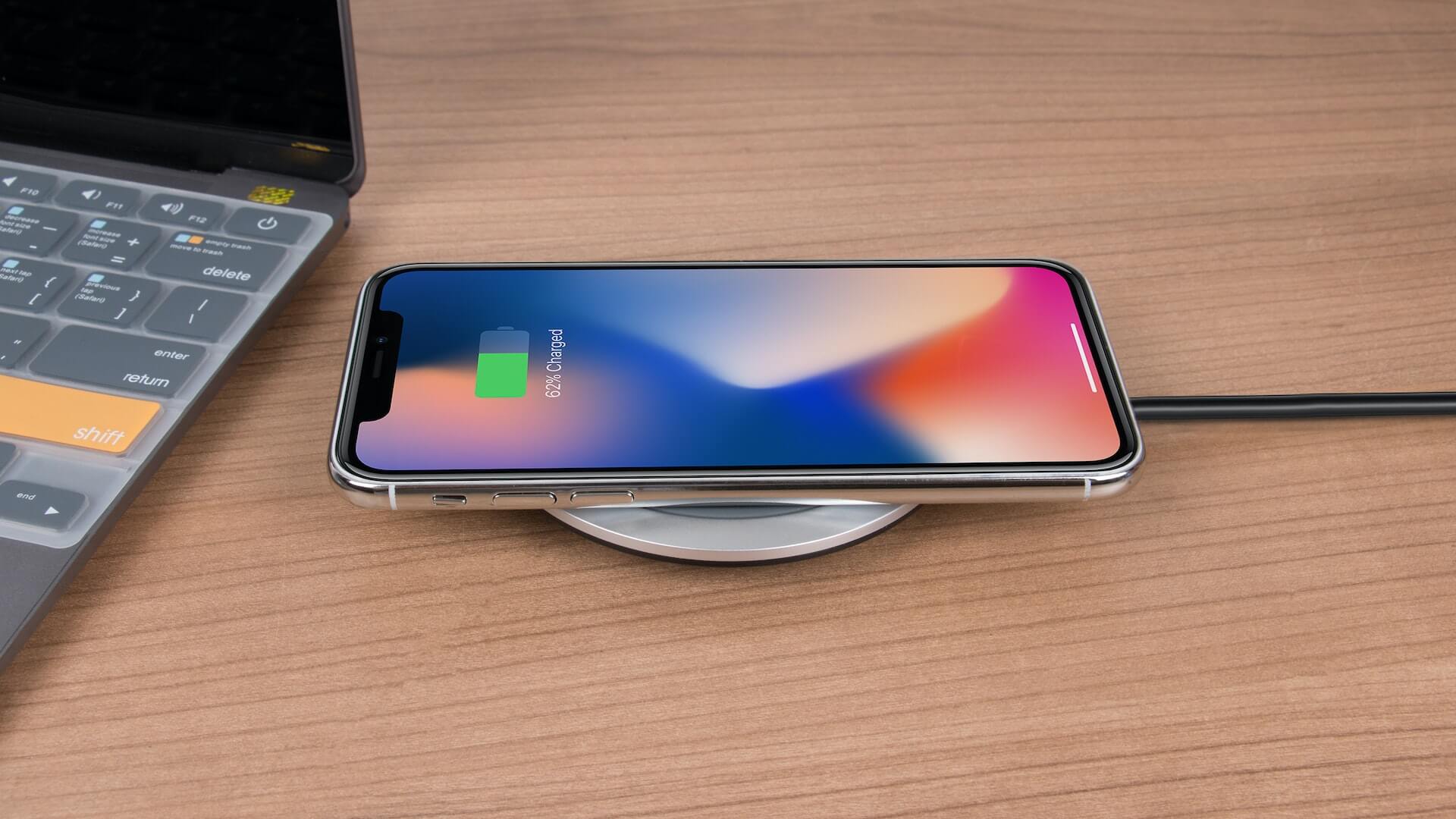
The phone battery is an important part of the phone, and its life and capacity directly affect the experience of using the phone. So, do we need to be fully charged every day, or wait until the power is depleted and then charge it? These two charging habits, which one is more harmful to the phone battery?
At present, the majority of cell phones on the market use lithium batteries, lithium batteries have the following characteristics:
1. No memory effect. Lithium batteries do not need to be activated for the first time or discharged deeply on a regular basis like nickel batteries, which would otherwise affect their capacity. Lithium batteries can be charged at any time without worrying about losing capacity.
2. Limited number of charge and discharge. The life of lithium batteries is measured by the charge and discharge cycle, a charge and discharge cycle refers to a complete charge and discharge process of lithium batteries. When the battery uses the power to reach 100% of the battery capacity, it will complete a charge and discharge cycle. Every time a charge/discharge cycle is completed, the capacity of the lithium battery will decrease.
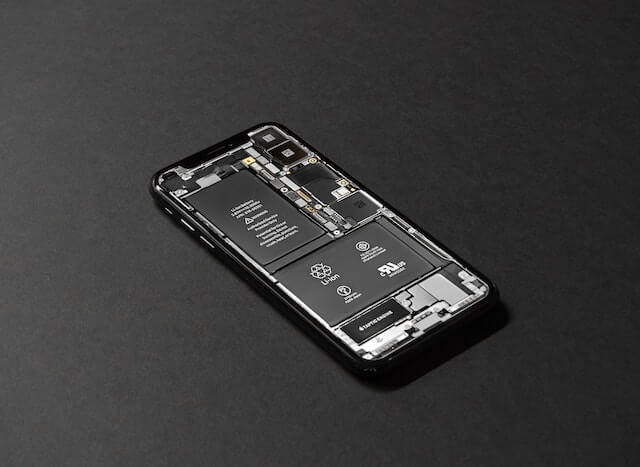
3. Temperature sensitive. Lithium batteries used or stored in high or low temperature environment will accelerate its aging and loss. At the same time, lithium batteries also generate heat during charging and discharging, and if overheated, it will also affect its performance and life.
A daily charge means that the phone is fully charged once a day, regardless of how much power is left. This approach has the following advantages:
1. Avoid over-discharging. Over-discharging means continuing to use the phone when it is below 20%, which causes the lithium ions to be obtained from outside, which is equivalent to reducing the number of discharge cycles, thus accelerating the consumption and decline of lithium ions.
2. Reduce the number of charge and discharge. If the phone is fully charged once a day, it is equivalent to completing only one charge/discharge cycle. And if you wait until there is no power to recharge, it may take several days to complete a cycle. This will extend the life of the lithium battery.
However, charging once a day also has the following disadvantages:
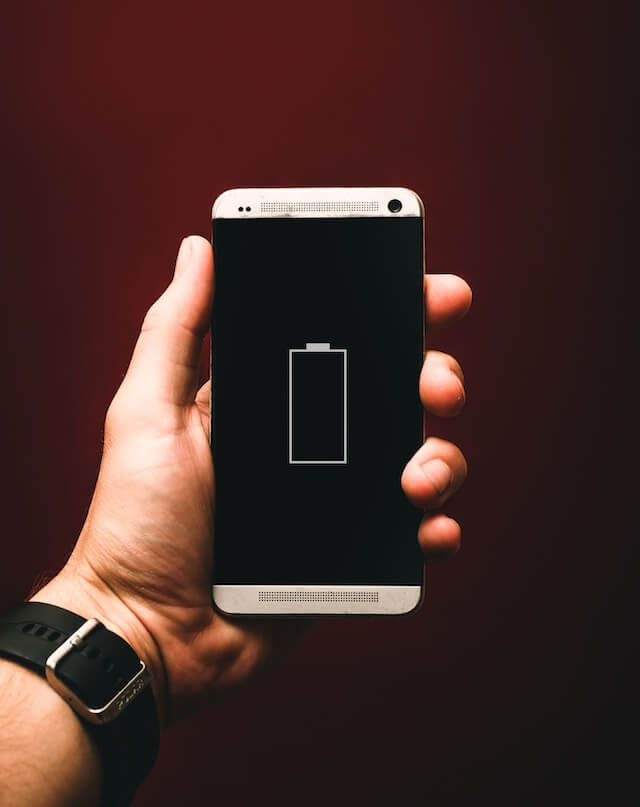
1. Increase the risk of overcharging. Overcharging means continuing to supply energy to the phone when it is already at 100% capacity, which can cause lithium ions to build up on the positive electrode, causing crystallization or short circuits.
2. It may accelerate the decay of battery capacity. Lithium batteries do not tolerate overcharge and overdischarge, and if they are fully charged every day, it may cause the electrodes to deembed too many lithium ions, resulting in lattice collapse and energy accumulation
3. May increase the heat and aging of the battery. Lithium batteries are charged in a high temperature environment, or continue to be connected to the power supply after a full charge, which may lead to an increase in battery temperature, affecting the chemical stability and cycle life of the battery
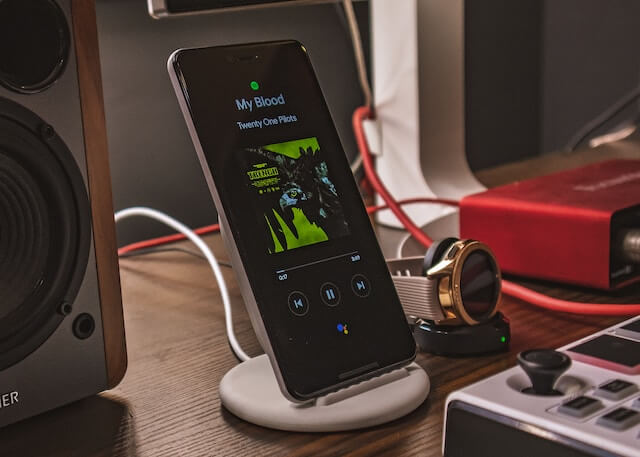
4. It may waste the charge and discharge cycle of the battery. The life of lithium batteries is generally 300 to 500 charge and discharge cycles, each cycle completed, there will be a certain loss of battery capacity. If it is fully charged every day, even if it is not used up, it will consume one cycle, thus shortening the battery's usage time
According to the above explanation, we can conclude that: no power to recharge the phone battery is more harmful. Because if you wait until the phone's power is below 20% before charging, the battery at this time is "over-discharged" and will take power from the outside, which is equivalent to reducing the number of discharge cycles. When the battery power is almost exhausted, then charge the phone, the battery loss is great. If you do this often, the battery will become less and less durable.
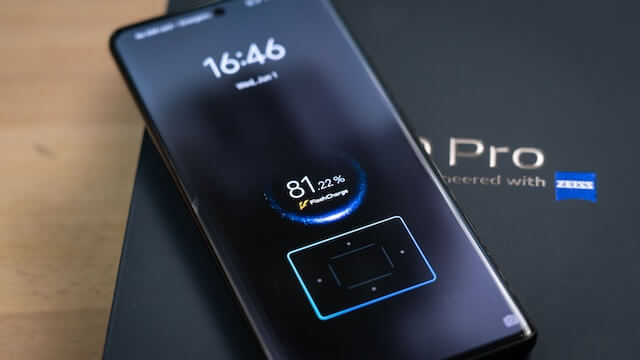
Therefore, in order to prolong the life of your phone's lithium battery, we recommend you take the following measures:
1. Keep the power level between 20% and 80%. This can avoid the impact of overcharging and overdischarging, and can also reduce the loss of charge and discharge cycles
2. Charge as you go, do not fill or deficit for a long time. This can maintain the activity and stability of the battery, but also to avoid the impact of too high or too low temperature
3. Use the regular charger and data cable. This can ensure the safety and efficiency of charging, but also to avoid accidents such as short circuit or explosion caused by poor quality


